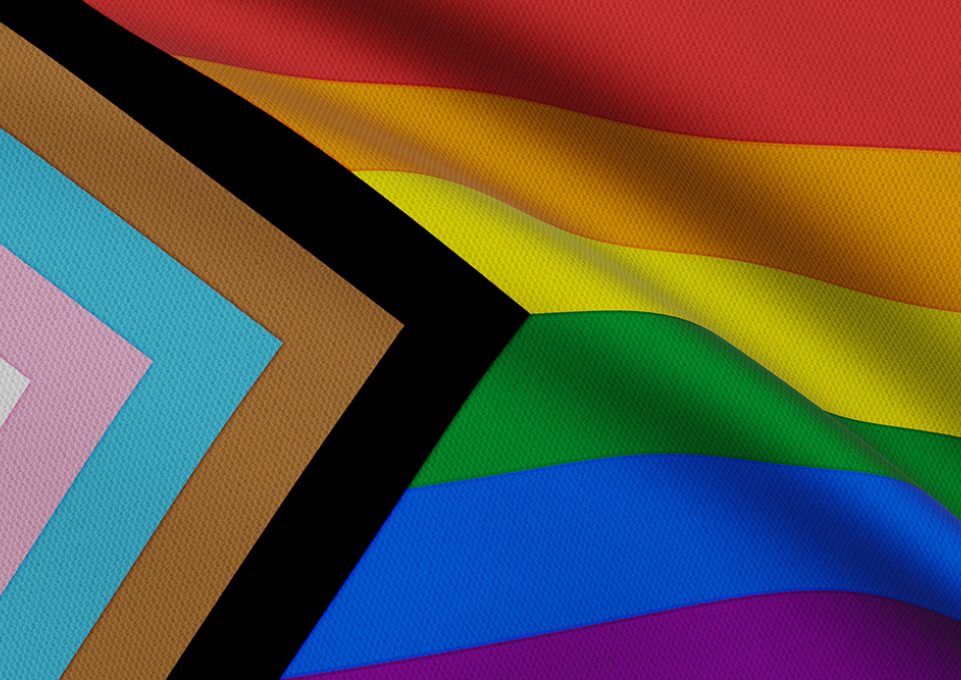What Does Gay Pride Mean?
Gay Pride, often simply known as “Pride,” is more than a parade or a rainbow flag. It’s a vibrant celebration and powerful movement dedicated to honoring LGBTQ+ identities, affirming diversity, and fighting for equal rights. Across continents, Pride events are living proof of how far the community has come — and a joyful, determined reminder of the work that remains.
Table of Contents

At its heart, Gay Pride is about visibility: the unapologetic right to exist, express love, and live authentically, free from shame or fear. It is a declaration to the world that every LGBTQ+ person deserves dignity, happiness, and acceptance.
The Origins of Pride: From Protest to Worldwide Celebration
The story of Pride begins with resistance. In 1969, New York City’s Stonewall Riots — a response against police harassment at the Stonewall Inn — sparked the modern LGBTQ+ rights movement. The first Pride marches, held one year later, were acts of bold defiance, commemorating Stonewall and demanding justice and equal treatment for all.
Over decades, what began as courageous protest has blossomed into a global, multifaceted celebration. Thousands of cities now hold Pride festivals, parades, and cultural events. The spirit of solidarity and resilience unites those celebrations across borders.
Why Is Pride Still So Important Today?
- 1. Visibility & Representation
For many, Pride is the one time each year they feel truly seen. The rainbow flags, marches, and rallies create safe, affirming spaces where LGBTQ+ people and allies boldly exist and are proud to share their stories. This visibility is life-changing, especially in societies where prejudice still dominates.
- 2. Community & Belonging
Pride is more than an event — it’s the pulse of a worldwide family. It’s a place to make friends, honor chosen families, and build connections. For those who have felt isolated or different, Pride offers a homecoming and reassurance: “You are not alone.”
- 3. Commemoration & Activism
Pride is a celebration — but it’s also a political statement. Marches and parties are interwoven with calls for justice: trans rights, racial equity, HIV/AIDS awareness, and protection for all marginalized groups within the community. Pride honors victories of the past and energizes the ongoing fight for a brighter, fairer future.
- 4. Joy, Self-Love & Empowerment
Joy is revolutionary. Pride gives everyone permission to express themselves — whether via outlandish costumes, heartwarming stories, or simply holding hands in public. This unapologetic joy challenges shame and inspires confidence, helping countless people embrace who they are.
How Is Pride Celebrated Worldwide?
Parades & Marches
From New York City and San Francisco to Madrid, São Paulo, Sydney, and Cape Town, Pride parades draw millions, painting streets with purpose and color. Each city’s celebration is unique, reflecting local culture, struggles, and hopes, while all share a common foundation of acceptance and defiance.
Festivals, Concerts & Art
Pride isn’t just a day — it’s often a month-long global festival with concerts, drag performances, art exhibits, panels, film screenings, and more. These cultural moments help amplify underrepresented voices and celebrate the beauty of LGBTQ+ creativity.
Local Traditions & Acts of Solidarity
In some countries, Pride is celebrated quietly, sometimes even in secret, as LGBTQ+ people face legal or cultural danger. Whether in small gatherings or improvised marches, every act of Pride is meaningful — a testament to courage and resilience.
The Ongoing Fight: Why Pride Still Matters
While Pride may look joyful, its origins — and much of its present — are rooted in struggle. In too many places, LGBTQ+ individuals still face discrimination, violence, and inequality. Pride continues to demand equal rights: the right to marry, to work safely, to access healthcare, to express gender and sexuality freely, and simply to live without fear.
Even in more accepting societies, Pride calls for the celebration of the full spectrum of LGBTQ+ identities — including those who are trans, nonbinary, intersex, people of color, older adults, those living with disabilities, and more.
How To Make The Most of Pride
- Attend a Local Event: Join a march, festival, or even an online Pride activity.
- Show Your Colors: Display the flag, wear supportive pins, or decorate your space.
- Support LGBTQ+ Causes: Donate, volunteer, or amplify the voices of organizations making change.
- Educate & Advocate: Share stories, challenge discrimination, and keep learning about the rich history of Pride and queer liberation.
- Practice Inclusion: Remember that Pride is for everyone — make space for all, especially those whose identities or backgrounds are often overlooked.
Conclusion: Pride is Ours — Every Day
Gay Pride is both a commemoration and a call to action. It celebrates how far we’ve come and insists we dream and fight for a world where every LGBTQ+ person is safe, seen, and celebrated — every day of the year. Whether you march in a bustling capital, gather in a quiet park, or celebrate at home, Pride lives in the courage to be yourself.
Love is love. You belong. Happy Pride — always!